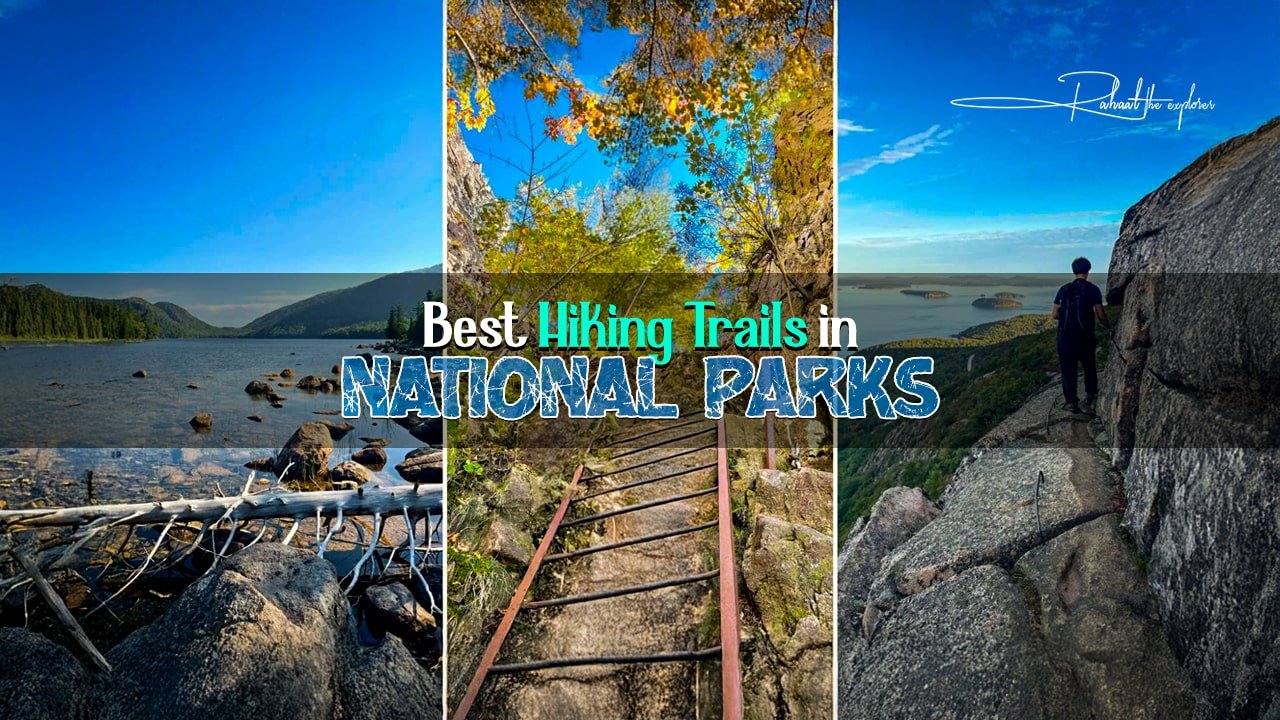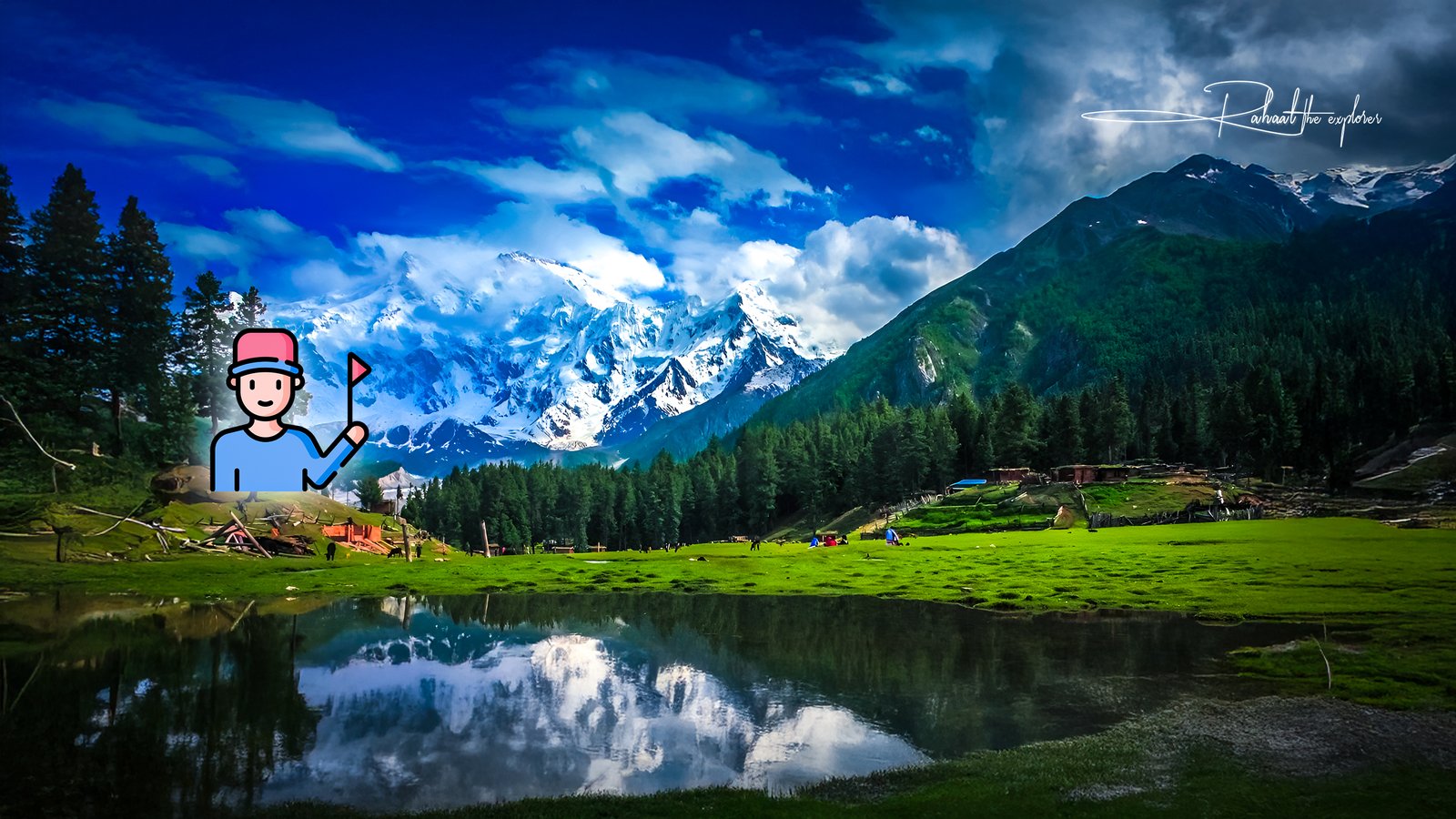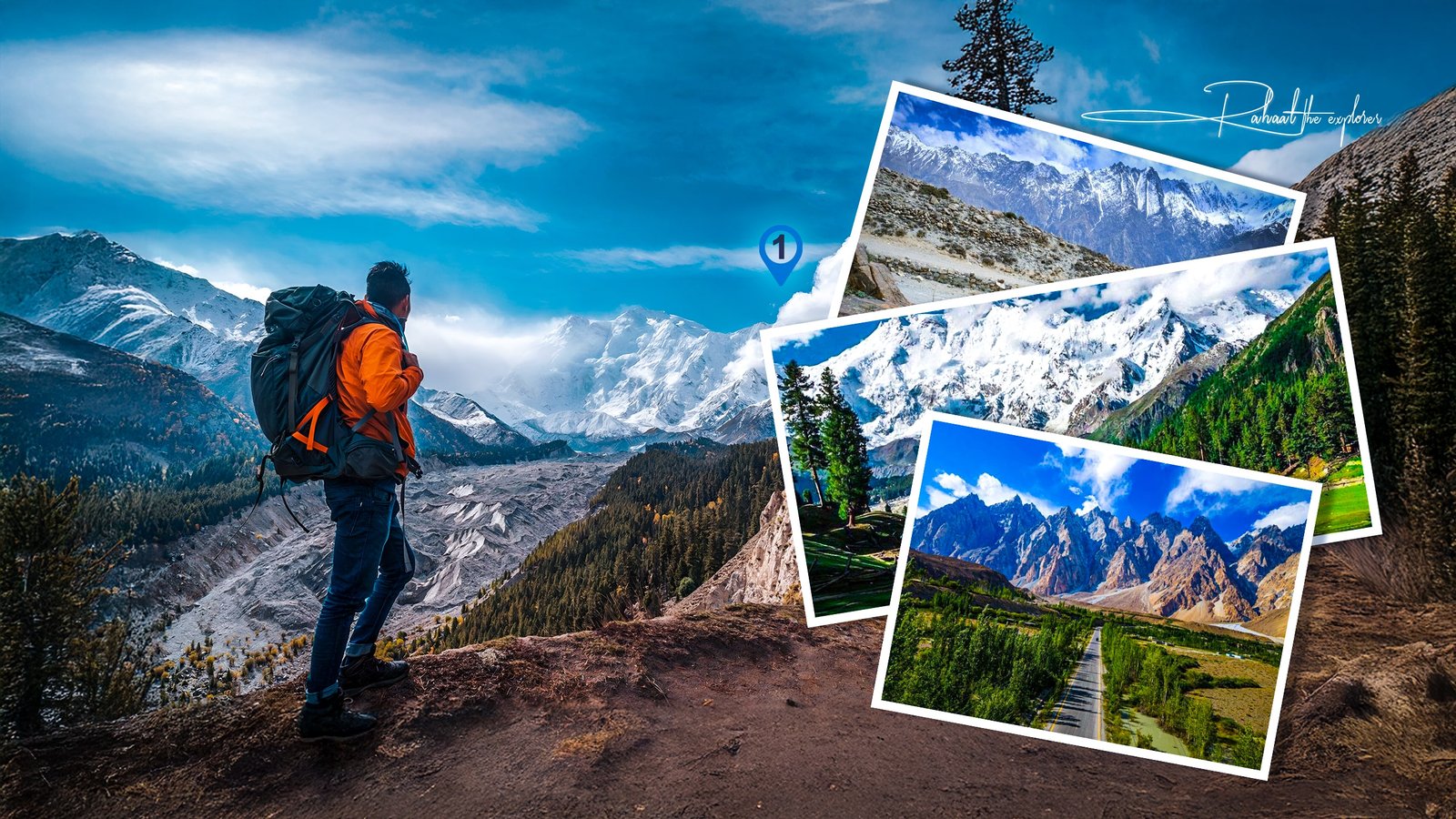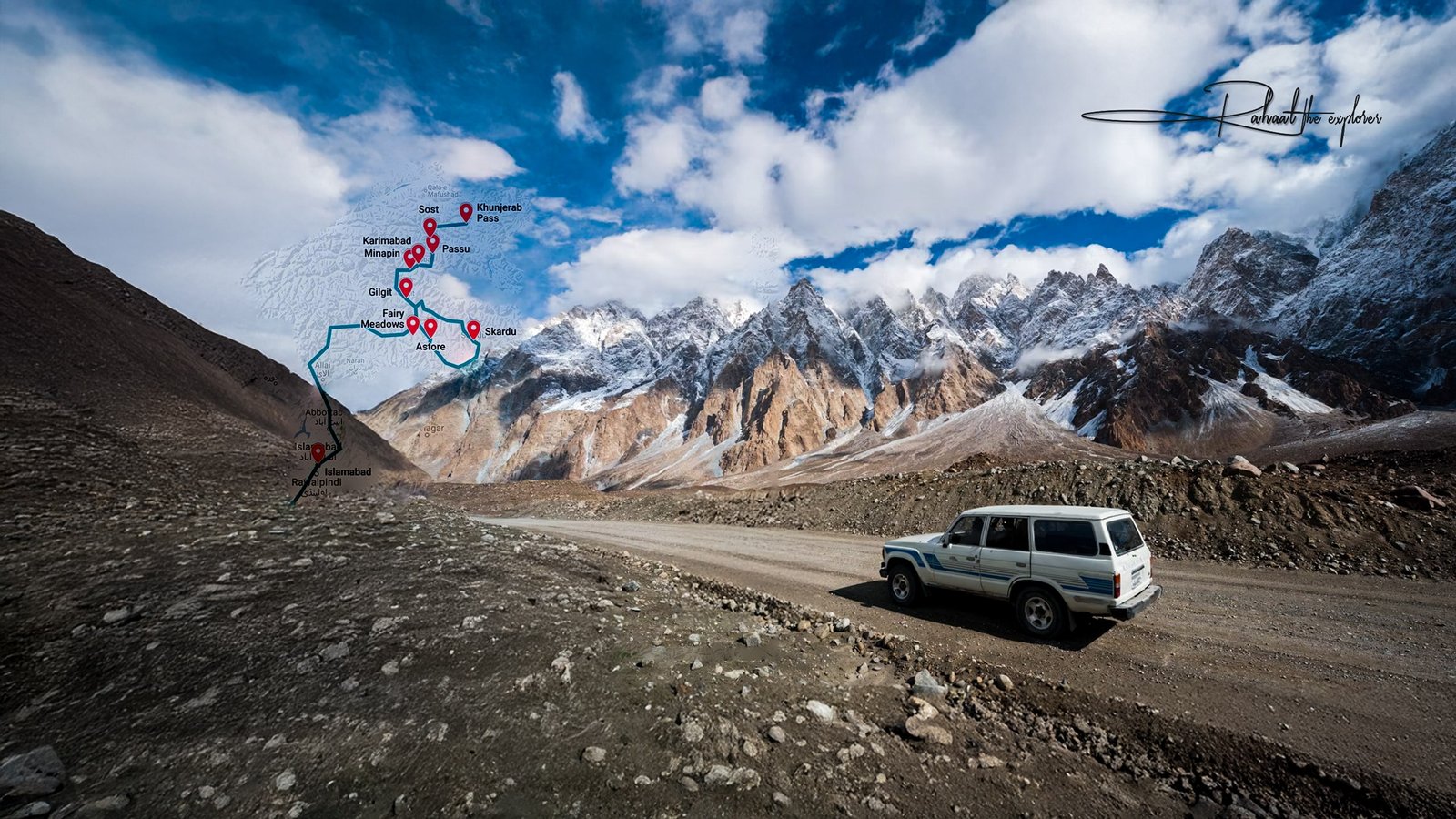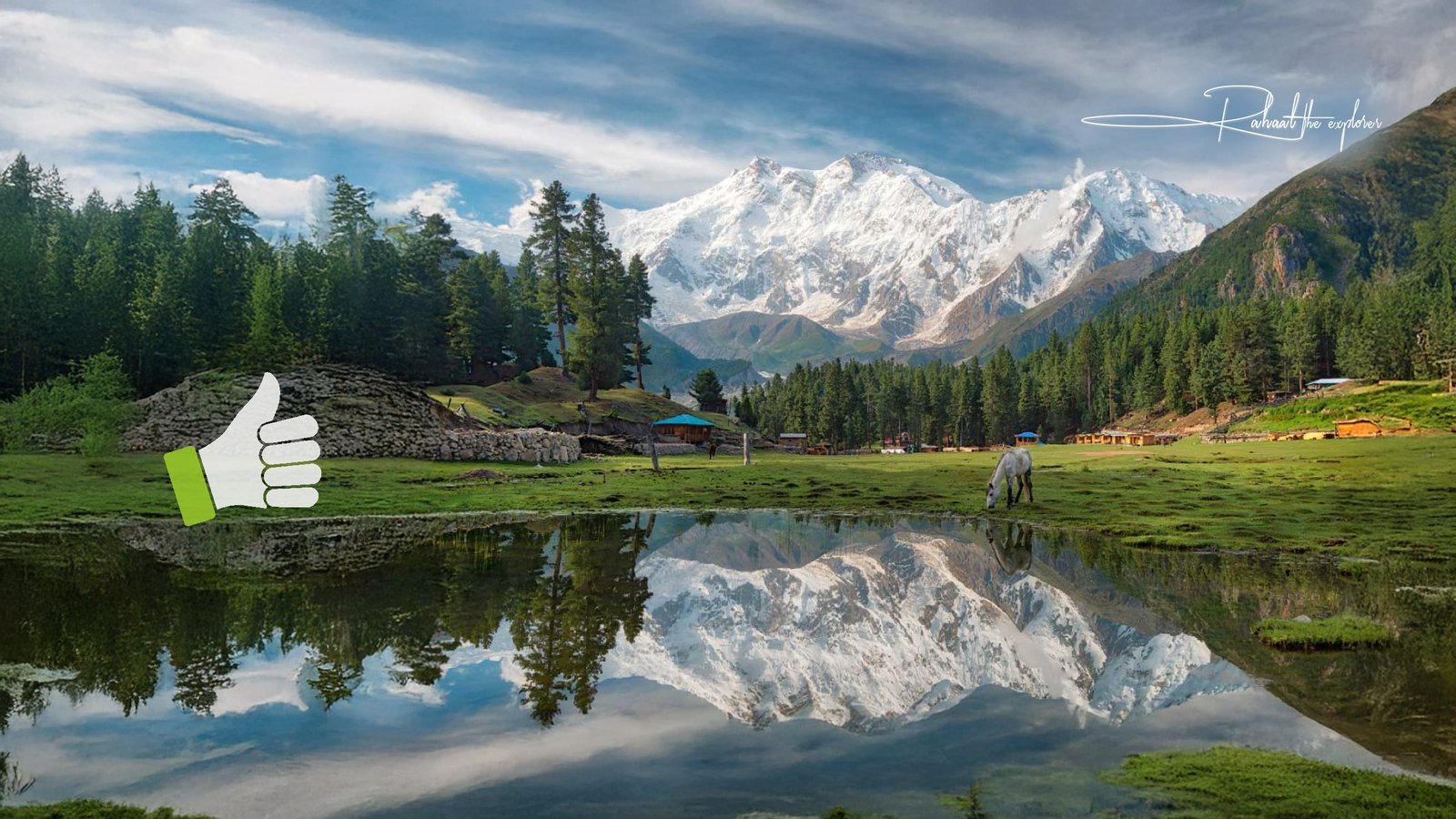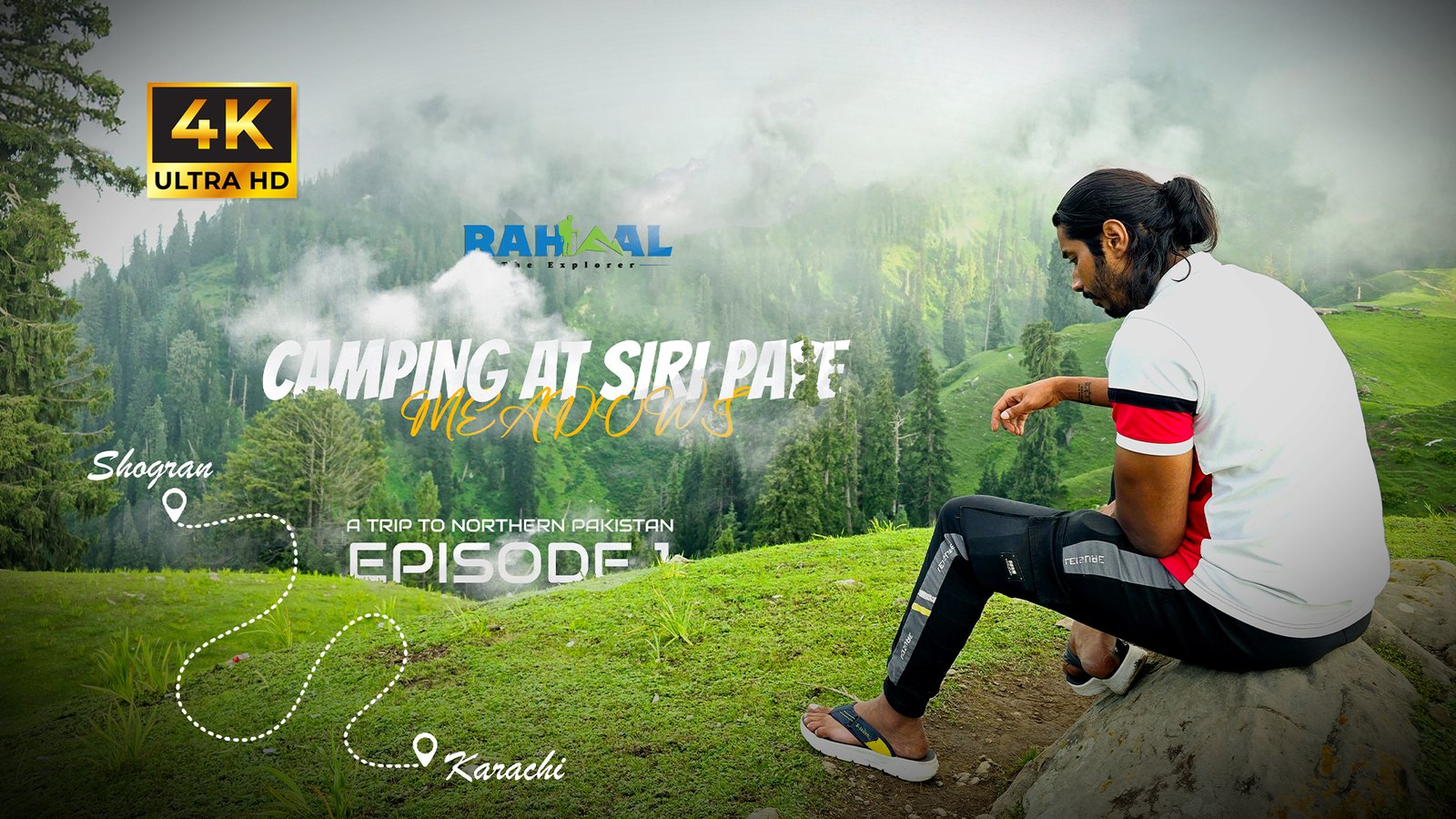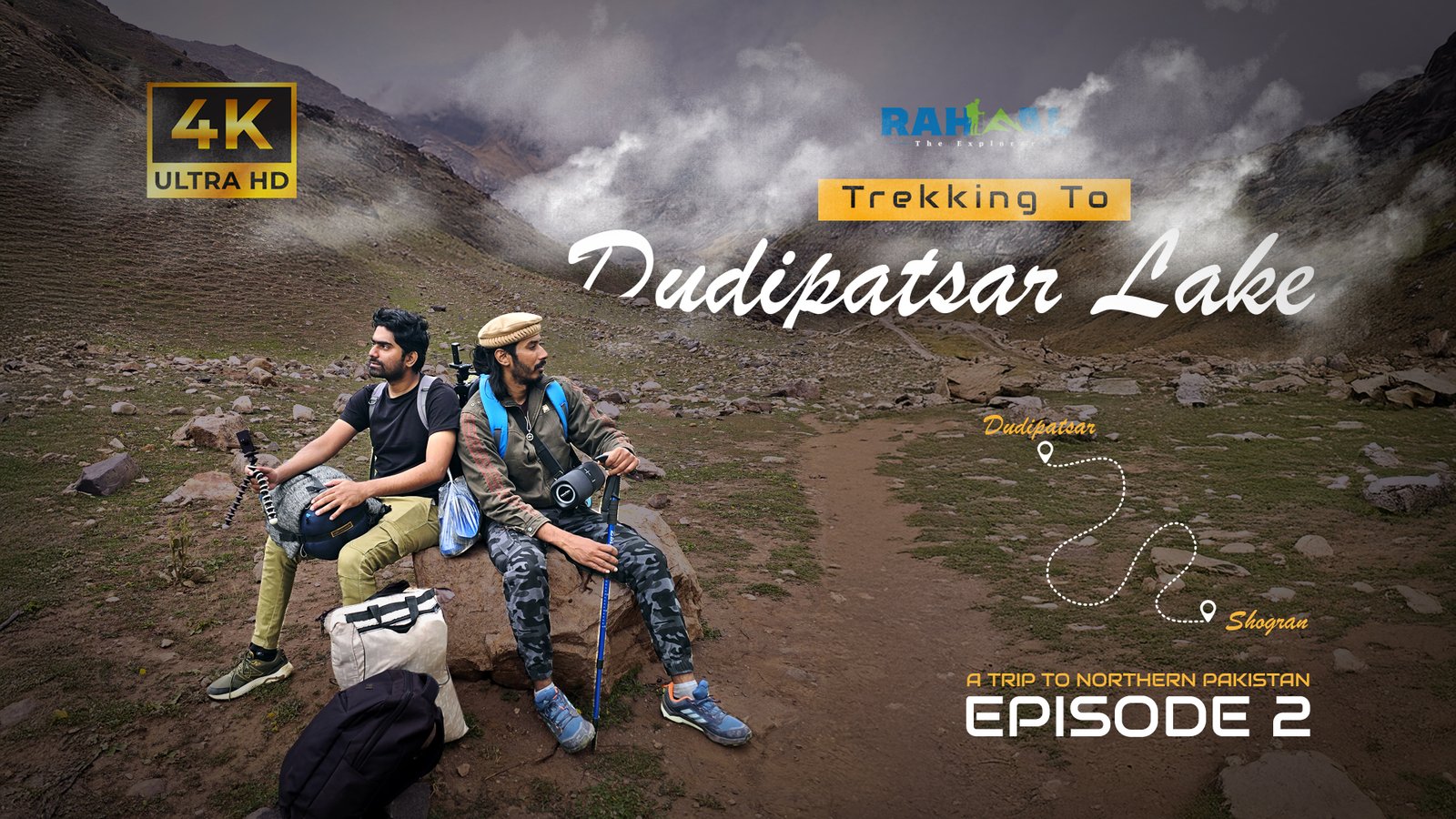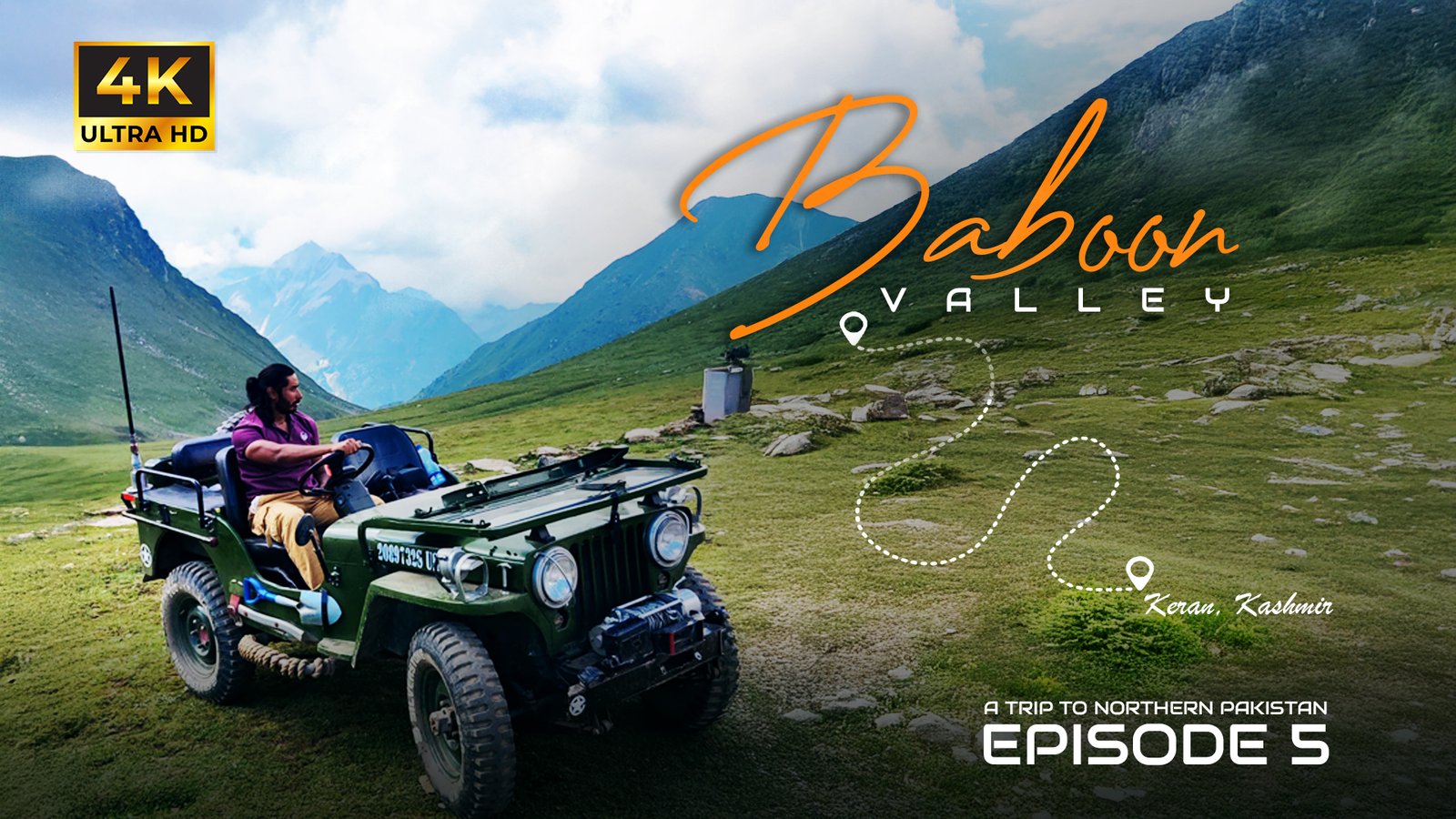There’s no better way to experience the natural beauty of the United States than by exploring its national parks on foot. From towering granite cliffs and lush forests to desert canyons and alpine lakes, America’s trails lead you through some of the most breathtaking landscapes on Earth.
In this guide, we’ll explore the best hikes in national parks across the country — from famous routes like Angels Landing in Zion to hidden gems tucked away in lesser-known parks. Whether you’re a seasoned hiker or planning your first national park adventure, this article will help you choose the perfect trail for your next trip.
Why Hike in National Parks?
National parks offer a unique opportunity to connect with nature, challenge yourself physically, and witness landscapes that can’t be found anywhere else in the world. Managed by the U.S. National Park Service (NPS), these parks protect millions of acres of pristine wilderness, making them ideal destinations for hikers of all experience levels.
Reasons to explore hiking trails in national parks:
- Breathtaking scenery: From glaciers to canyons, the diversity is unmatched.
- Well-marked trails: Maintained paths ensure safety and accessibility.
- Wildlife encounters: See animals like elk, bears, and eagles in their natural habitats.
- Cultural significance: Many trails follow ancient routes used by Indigenous peoples or early explorers.
Top 10 Best Hikes in National Parks
Below are ten of the most iconic and rewarding trails across the U.S. national park system — carefully selected for their scenery, accessibility, and overall hiking experience.
1. Angels Landing — Zion National Park, Utah
Distance: 5.4 miles round trip
Difficulty: Strenuous
Best Time: Spring to Fall
Angels Landing is one of the most famous — and thrilling — hikes in America. The trail starts along the Virgin River before climbing nearly 1,500 feet to a narrow sandstone ridge with jaw-dropping views of Zion Canyon.
Because of its steep drop-offs and chain-assisted sections, this hike is not for the faint of heart. However, those who conquer it are rewarded with panoramic vistas that make it one of the best hikes in national parks worldwide.
Tip: A permit is now required to hike Angels Landing — plan ahead through the NPS lottery system.
2. Half Dome — Yosemite National Park, California
Distance: 14–16 miles round trip
Difficulty: Very Strenuous
Best Time: Late May to October
Few hikes are as iconic as Half Dome in Yosemite National Park. The trail begins in Yosemite Valley, climbing through misty waterfalls, switchbacks, and granite steps before culminating in the famous cable ascent to the top of Half Dome.
The view from the summit — overlooking the Yosemite Valley — is one of the most breathtaking sights in all of America.
Tip: A permit is required for the cable section. Start early and bring gloves for the climb.
3. Bright Angel Trail — Grand Canyon National Park, Arizona
Distance: Up to 19 miles round trip
Difficulty: Moderate to Strenuous
Best Time: Spring and Fall
Descending into the Grand Canyon is an experience unlike any other. The Bright Angel Trail is the park’s most popular hiking route, offering safe switchbacks, resthouses, and access to the Colorado River.
While many hikers do short portions, those who venture deeper are rewarded with dramatic views of layered red rock, desert plants, and distant canyon walls glowing under the sun.
Tip: The hike down is easy; the climb back up is challenging. Plan accordingly and bring plenty of water.
4. Skyline Trail — Mount Rainier National Park, Washington
Distance: 5.5 miles round trip
Difficulty: Moderate
Best Time: July to September
The Skyline Trail in Paradise offers one of the most picturesque alpine hikes in the Pacific Northwest. You’ll cross meadows filled with wildflowers, see cascading waterfalls, and enjoy close-up views of Mount Rainier’s glaciers.
During summer, the trail bursts with color, and the views of Nisqually Glacier and the Tatoosh Range are unforgettable.
5. Avalanche Lake Trail — Glacier National Park, Montana
Distance: 4.5 miles round trip
Difficulty: Moderate
Best Time: June to September
Starting from the Trail of the Cedars, this route leads hikers through a lush forest to the turquoise waters of Avalanche Lake, framed by steep cliffs and waterfalls.
Glacier National Park is often called the “Crown of the Continent,” and this trail captures why — it’s accessible, family-friendly, and delivers incredible scenery in a short distance.
6. Delicate Arch Trail — Arches National Park, Utah
Distance: 3 miles round trip
Difficulty: Moderate
Best Time: Spring and Fall
No list of the best hikes in national parks would be complete without mentioning Delicate Arch, Utah’s most famous natural landmark.
The trail climbs steadily over slickrock to reach a viewpoint overlooking the stunning sandstone arch — a natural formation that’s become a symbol of the American Southwest.
Tip: Go at sunrise or sunset for the best lighting and fewer crowds.
7. Grinnell Glacier Trail — Glacier National Park, Montana
Distance: 11 miles round trip
Difficulty: Moderate to Strenuous
Best Time: July to September
The Grinnell Glacier Trail is one of the most rewarding hikes in Glacier National Park. It takes you past alpine meadows, turquoise lakes, and snow-capped peaks, culminating at the rapidly receding Grinnell Glacier.
The sight of blue ice, cold mountain air, and sweeping valleys makes this a must-do for any serious hiker.
8. Mist Trail — Yosemite National Park, California
Distance: 7 miles round trip (to Nevada Fall)
Difficulty: Moderate
Best Time: Spring to Early Summer
The Mist Trail is named for the cool spray from Vernal and Nevada Falls, two of Yosemite’s most iconic waterfalls.
Expect steep granite steps, rainbows in the mist, and some of the most dramatic scenery in the Sierra Nevada. Combine this with the John Muir Trail for an extended loop.
9. Old Rag Mountain — Shenandoah National Park, Virginia
Distance: 9.4 miles round trip
Difficulty: Strenuous
Best Time: Spring and Fall
Located just a couple of hours from Washington, D.C., Old Rag Mountain offers a thrilling rock scramble and panoramic views of Shenandoah Valley.
This hike is adventurous, featuring narrow crevices, boulders, and ledges that make it as much a climb as a hike.
Tip: Arrive early — parking fills up quickly.
10. Emerald Lake Trail — Rocky Mountain National Park, Colorado
Distance: 3.6 miles round trip
Difficulty: Easy to Moderate
Best Time: June to October
Starting at Bear Lake, this scenic trail passes Nymph Lake and Dream Lake before arriving at the crystalline Emerald Lakehttps://rahaal-theexplorer.com/blogs/adventures, nestled beneath snow-capped peaks.
The route is short but spectacular, making it perfect for families or visitors short on time.
Planning Your National Park Hike
Exploring national parks requires preparation to ensure safety and enjoyment. Follow these expert hiking tips before setting out on your journey.
1. Check Trail Conditions
Always check the National Park Service website or visitor center for up-to-date trail closures, weather alerts, or permit requirements.
2. Start Early
Many parks experience heavy foot traffic. Beginning your hike early ensures cooler temperatures and better wildlife viewing.
3. Pack the Essentials
Every hiker should carry:
- Water and snacks
- Trail map or GPS
- Sunscreen and hat
- First aid kit
- Flashlight or headlamp
- Weather-appropriate clothing
4. Leave No Trace
Practice Leave No Trace principles — stay on trails, pack out trash, and respect wildlife to help preserve the parks for future generations.
5. Acclimate to Altitude
Some national parks, such as Rocky Mountain and Glacier, are located at high elevations. Give your body time to adjust and hydrate often.
Hidden Gem Trails Worth Exploring
While the hikes above are famous, there are plenty of lesser-known trails in national parks that offer equally stunning experiences without the crowds.
- Lakes Trail — Sequoia National Park, CA: Alpine lakes framed by granite cliffs.
- Cascade Pass — North Cascades, WA: Dramatic peaks and wildflower meadows.
- Lariat Loop — Badlands National Park, SD: Colorful rock formations and fossils.
- Lava Flow Trail — Sunset Crater Volcano, AZ: Unique volcanic landscapes.
These underrated routes prove that you don’t always need to hike the most famous trail to enjoy America’s wilderness.
When Is the Best Time to Hike National Parks?
The best time depends on the region and your comfort with different climates:
- Spring: Waterfalls are strongest, and wildflowers bloom in parks like Yosemite and Great Smoky Mountains.
- Summer: Ideal for alpine hikes in Glacier, Rocky Mountain, and Mount Rainier.
- Fall: Cooler temperatures and stunning foliage in Shenandoah and Acadia.
- Winter: Perfect for desert hikes in Death Valley, Joshua Tree, and Saguaro.
Each season brings its own beauty, making national park hiking a year-round adventure.
Safety Tips for Hiking in National Parks
- Stay hydrated — many trails lack water sources.
- Watch for wildlife — keep a safe distance and never feed animals.
- Carry a map — GPS may not always work in remote areas.
- Dress in layers — weather can change quickly at higher elevations.
- Tell someone your plans before heading out on long hikes.
FAQs About Hiking in National Parks
1. What are the best national parks for beginner hikers?
Yosemite, Great Smoky Mountains, and Rocky Mountain National Parks offer well-maintained trails suitable for all skill levels.
2. Do I need permits for hiking in national parks?
Some trails, such as Half Dome and Angels Landing, require advance permits. Always check park-specific rules before visiting.
3. What are the most scenic hikes in the U.S.?
Top contenders include Zion’s Angels Landing, Glacier’s Grinnell Glacier Trail, and Yosemite’s Mist Trail.
4. How can I avoid crowds while hiking?
Start early, visit on weekdays, and explore lesser-known parks like North Cascades or Lassen Volcanic.
5. Can I bring my dog on national park trails?
Most parks restrict dogs to paved areas and campgrounds. Always check pet policies in advance.
6. How long should I plan for a hiking trip?
A weekend is great for one or two hikes; longer trips (5–7 days) allow you to explore multiple parks or longer backcountry routes.
7. Are guided hikes available?
Yes. Many national parks offer ranger-led programs or authorized guide services for educational experiences.
Final Thoughts
America’s national parks offer some of the best hikes in the world, combining adventure, serenity, and awe-inspiring scenery. Whether you’re scaling granite cliffs in Yosemite, trekking through desert canyons in Zion, or following glacier-fed streams in Montana, each trail tells a story of nature’s power and beauty.
If you’re looking for your next great outdoor adventure, lace up your boots and hit the trails — because the best hikes in national parks are waiting for you.


